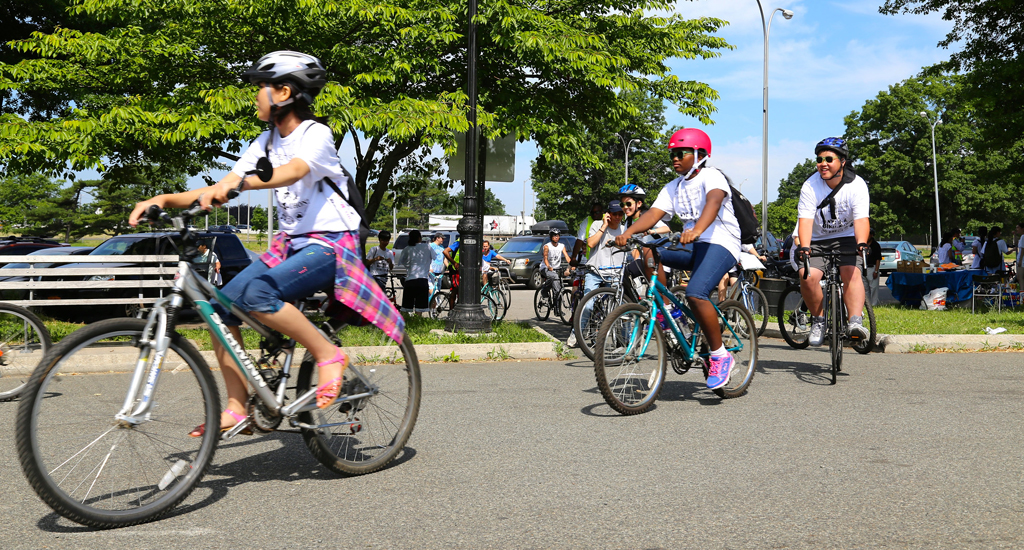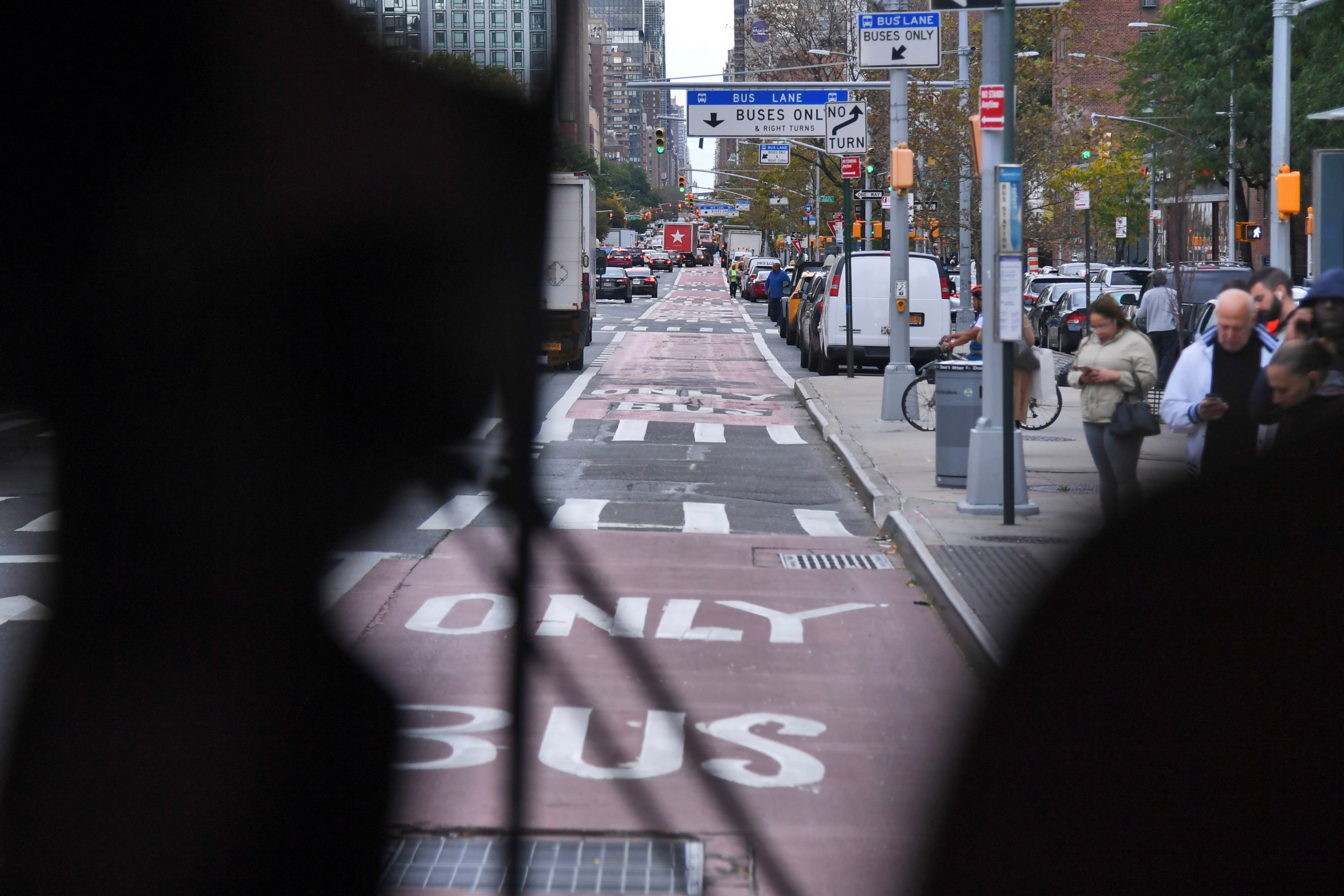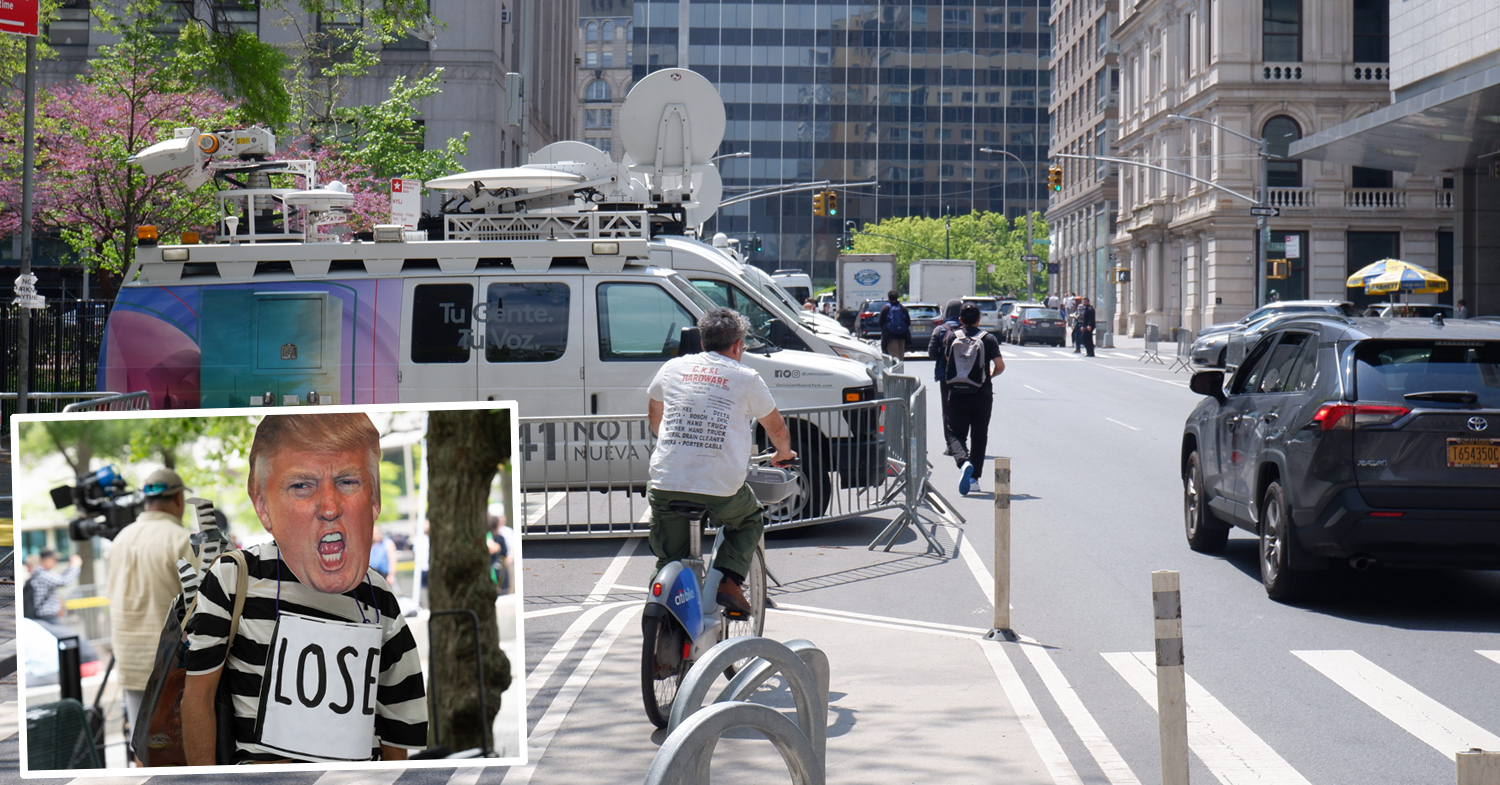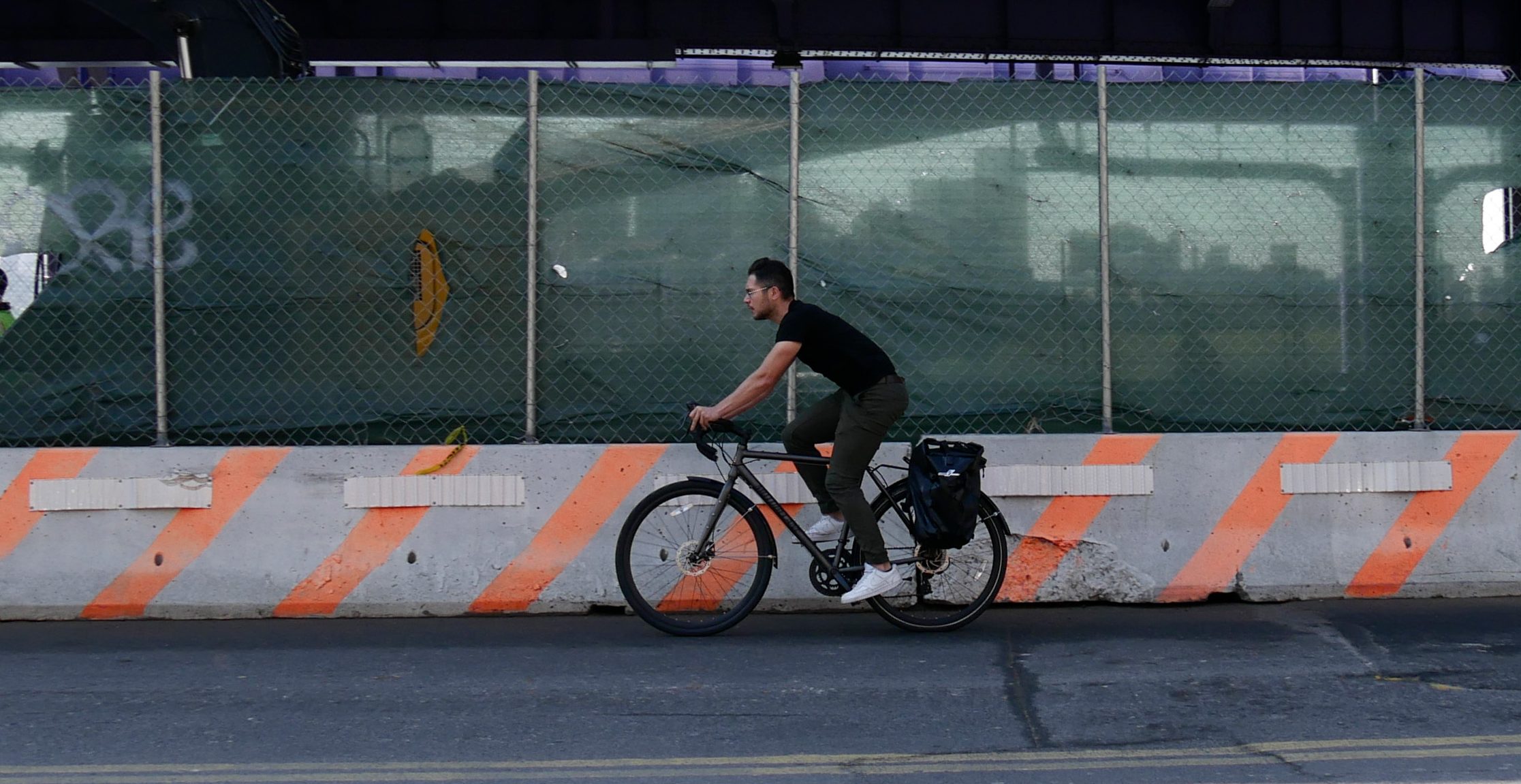More than 1.3 million kids in New York City made their way back to the classroom this week, fanning out across the five boroughs to over 2,700 public, private and charter schools. Yet the city does not have a comprehensive school transportation plan to help ensure students get to school safely and in ways that improve their health and well-being and that of their communities.
This institutional blind spot, like so many other policy failures, places what should be a collective social responsibility on parents and caregivers alone. It’s time for the city to step up.
School commuting should be an inter-agency responsibility, viewed comprehensively through the lens of public health and wellness, equity, and climate action. By adopting a citywide school transportation plan, parents and caregivers would have more options to make their lives easier, their kids healthier, and their communities stronger.
An effective and equitable school transportation plan should include the following goals:
- Ease the burden on parents and caregivers.
- Prioritize active transportation as the primary mode.
- Design, build, and maintain infrastructure from the point-of-view of children.
Parents and caregivers already have enough to worry about without the added stress of the school commute. Their anxiety is well-placed!
The number of children injured and killed in traffic violence across the city is at an all-time high. And streets near school buildings are especially dangerous, particularly at schools with more low-income students and students of color, as Streetsblog’s Jesse Coburn has documented.
Safety and convenience are often cited as primary factors motivating families’ school commute decisions. Providing transportation options that are safe enough for kids to commute to school on their own, or with a friend, is one way to ease parental stress while fostering a sense of independence that is shown to help kids thrive.
It’s hard to overstate the importance of active transportation infrastructure to healthy communities and a livable city.
The Surgeon General recently highlighted the role physical activity can play in combating the current teen mental health crisis. The independence, joy, and sense of accomplishment of transporting yourself under your own power makes kids and teens happier and healthier in the short term, and sets them up for success as adults.
The little data that exist on school commutes in New York City demonstrate a clear case for greater investment in safe biking and walking routes. In 2014, the Center for Health Equity, under the New York City Department of Health and Mental Hygiene, released a report entitled Getting to School. The top-line findings are illuminating:
- Most students live close to school, and 60% usually walk, but only 1% use other forms of active transportation, including cycling;
- Parents want their children to get to school quickly and safely; and
- Students expressed safety concerns about walking and biking near school.
That same study found a correlation between distance from school and mode of transportation. About 80 percent of kids in the study who lived within 1/2 mile of school walked to get there (about 10 minutes at that distance). At 3/4 mile (about 15 minutes), the number dropped to 45%, and at one mile (20 minutes), it’s only 24%.
If cycling, scooting, or skateboarding were convenient, safe alternatives, kids could travel from as far away as one-and-a-half miles in about 10 minutes, or two miles in 15, effectively doubling the viable travel distance and opening up active transportation to tens of thousands more kids with infrastructure that would benefit the entire community.
Two separate studies found that low-income students and children of color in New York City live further away on average than their white and higher-income peers, showing how safer cycling routes to school could also serve as a powerful equity tool.
Any school transportation plan must include ubiquitous, safe infrastructure that children and their caregivers can conveniently and comfortably use — from sidewalks to bike lanes. We’ve got a long way to go on that front.
StreetopiaUWS’s recent report on micro-mobility use on the Upper West Side assessed the neighborhood’s existing bike lanes through the lens of vulnerable riders. We found a hodgepodge of typologies and conditions — none of them favorable to kids. We also found 94% of respondents who ride with children would ride more often with more and better infrastructure.
NYC DOT’s current approach to designing for active transportation and micro-mobility is negligent when it comes to children. This needs to change, with kids and their caregivers considered at all phases of planning and implementation as primary stakeholders.
One way to ensure children are centered in active transportation and micro-mobility infrastructure is to require that DOT grade the quality and conditions of every bike lane within one and a half miles of a school based on comprehensive criteria that prioritizes the experience of children and other vulnerable users.
A transparent and clearly communicated grading system would allow parents and caregivers to make informed decisions when considering whether or not to allow their kids to walk or ride a bike to school. We hold schools accountable for children’s achievement — we should hold DOT accountable for the streets kids use to get there.
What would it take to develop a comprehensive, equity- and wellness-based school transportation plan? The DOE’s Office of School Wellness Programs offers a promising model for interagency collaboration.
Created during the Bloomberg administration under the CDC’s Communities Putting Prevention to Work grant, the office, made up of educators, public health specialists, and policymakers, reported to both DOE and DOHMH. This type of interagency framework and interdisciplinary staff — expanded to include DOT and other relevant agencies — would be well-positioned to lead a similar equity and wellness-based effort focused on school transportation.
Most importantly, let’s not wait. With proper interagency coordination and a political imperative from City Hall, a comprehensive school transportation plan could be developed and piloted at schools this year, and rolled out citywide during the 2024-25 school year.
Getting kids to school safely, joyfully, and in ways that empower them and improve their mental and physical health, while also easing the burdens on families and making our communities safer, cleaner and quieter, should be on every elected official’s agenda. When our kids thrive, we all thrive. Let’s give them the transportation tools to do it.
Carl Mahaney is a livable streets advocate and the parent of a bike riding second grader. He’s the director of StreetopiaUWS.





